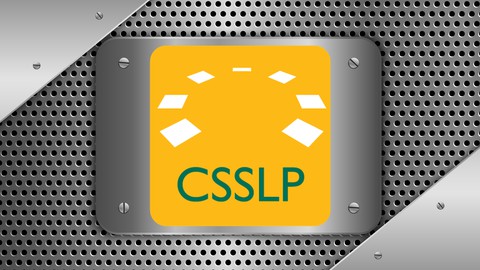Description
Introduction of Vulnerability Management as a Service
Vulnerability Management as a Service (VMaaS) is an emerging approach to managing and mitigating vulnerabilities across an organization’s IT infrastructure. With the growing complexity of modern IT environments and the increasing frequency of cyber threats, VMaaS offers a cloud-based solution for continuous monitoring, identification, and remediation of vulnerabilities. This service enables businesses to stay ahead of cyberattacks and ensure their systems are secure without the need for dedicated in-house resources. This training will help participants understand the principles of VMaaS, its implementation, and how it can be integrated into an organization’s cybersecurity strategy.
Prerequisites
- Basic knowledge of cybersecurity concepts and principles.
- Familiarity with IT infrastructure, networking, and operating systems.
- Understanding of risk management and compliance frameworks.
- Knowledge of security tools, vulnerability scanners, and patch management.
- Recommended: Experience with IT security operations or vulnerability assessment tools.
TABLE OF CONTENT
1: Introduction to Vulnerability Management
1.1 Understanding Vulnerabilities
1.2 Importance of Vulnerability Management
1.3 Vulnerability Management Lifecycle
2: Overview of Vulnerability Management as a Service (VMaaS)
2.1 Introduction to VMaaS
2.2 VMaaS vs Traditional Vulnerability Management
2.3 Service Models in VMaaS
3: Vulnerability Scanning
3.1 Types of Vulnerability Scans
3.2 Scanning Tools and Technologies
3.3 Best Practices in Vulnerability Scanning
4: Vulnerability Assessment and Reporting
4.1 Assessing Vulnerabilities
4.2 Risk Assessment and Prioritization(Ref: Setting Up and Managing ADFS in Windows Server 2019)
4.3 Reporting and Communication
5: Remediation Strategies
5.1 Developing Remediation Plans
5.2 Patch Management
5.3 Beyond Patching: Configuration Management
6: Continuous Monitoring and Improvement
6.1 Continuous Monitoring
6.2 Metrics and Key Performance Indicators (KPIs)
6.3 Feedback Loops and Iterative Improvement
7: Regulatory Compliance and Legal Considerations
7.1 Compliance Frameworks
7.2 Legal and Ethical Considerations
8: Case Studies and Real-World Scenarios
8.1 Analyzing Real-World Breaches
8.2 Hands-On Labs and Simulation Exercises
9: Emerging Trends and Technologies
9.1 AI and Machine Learning in VMaaS
9.2 Automation in Vulnerability Management
Conclusion:
Vulnerability Management as a Service provides organizations with a scalable, cost-effective approach to managing vulnerabilities and securing their infrastructure. By leveraging VMaaS, businesses can automate scanning, prioritize threats, and continuously monitor their systems for potential security risks. With the increasing complexity of threats and regulatory requirements, VMaaS offers a critical solution to ensure comprehensive security posture while allowing organizations to focus on their core business objectives.
Reference







Reviews
There are no reviews yet.